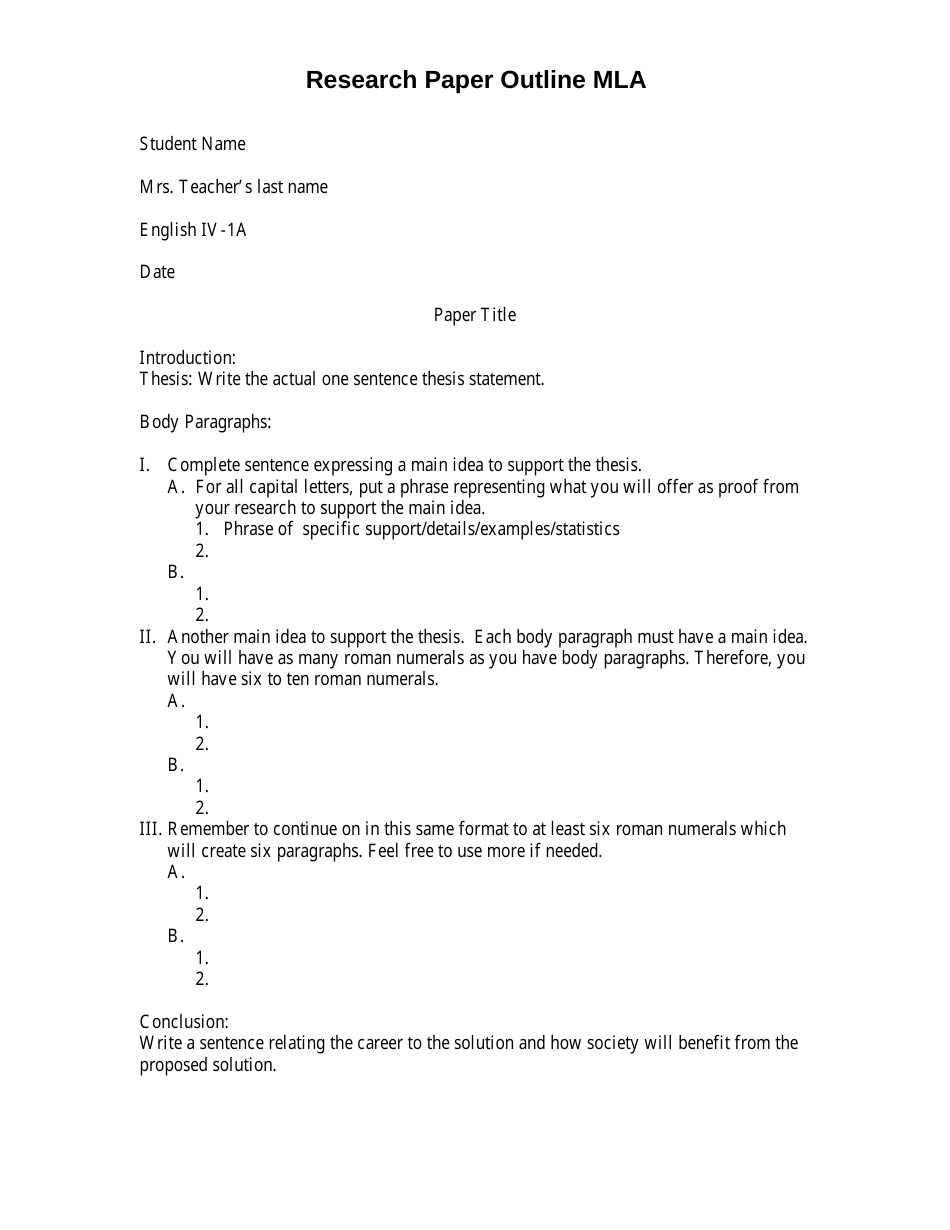
Research papers are an essential part of academic life, whether you’re a student or a professional researcher. One way to streamline the process of creating a research paper is by using a template. Research paper templates provide a structured format that can help you organize your thoughts, sources, and arguments effectively.
In this article, we will explore what research paper templates are, why they are useful, how to use them, examples of different templates, and tips for successful research paper writing.
What is a Research Paper Template?
A research paper template is a pre-formatted document that outlines the structure and formatting guidelines for a research paper. It typically includes sections for the introduction, literature review, methodology, results, discussion, and conclusion. Templates may also guide on citing sources, formatting references, and adhering to specific style guides such as APA, MLA, or Chicago.
Research paper templates can be found online or provided by academic institutions, or publishers. They offer a convenient starting point for organizing your research and writing, saving you time and effort in formatting and structuring your paper.
Why Use a Research Paper Template?
Research paper templates offer several benefits for writers:
1. Organization: Templates provide a clear structure for your paper, ensuring that you cover all necessary sections and information.
2. Consistency: Using a template helps maintain consistency in formatting, citation style, and overall presentation.
3. Efficiency: Templates save time by eliminating the need to create a format from scratch, allowing you to focus on your research and writing.
4. Guidance: Templates offer guidance on best practices for research paper writing, including how to structure arguments, cite sources, and present data.
Overall, research paper templates help you streamline the writing process and produce a well-structured, professional-looking paper.
How to Use a Research Paper Template
Using a research paper template is simple and straightforward. Here are some steps to help you get started:
1. Select a Template: Choose a template that aligns with the requirements of your assignment or publication.
2. Review Guidelines: Familiarize yourself with the template’s structure and formatting guidelines.
3. Fill in Content: Input your research findings, analysis, and arguments into the designated sections of the template.
4. Format Citations: Follow the template’s instructions for citing sources and creating a bibliography.
5. Proofread and Edit: Review your paper for errors, clarity, and coherence before finalizing it.
By following these steps, you can effectively use a research paper template to create a polished and well-organized paper.
Examples of Research Paper Templates
There are various types of research paper templates available, each tailored to different disciplines and writing styles. Some common examples include:
1. APA Research Paper Template: Follows the guidelines of the American Psychological Association for social science research papers.
2. MLA Research Paper Template: Adheres to the Modern Language Association style for humanities and liberal arts research papers.
3. Scientific Research Paper Template: Structured format for presenting scientific research findings, methods, and conclusions.
4. Literature Review Template: Organizes literature reviews by summarizing key sources, themes, and debates in a specific field.
5. Thesis or Dissertation Template: Provides a comprehensive framework for organizing and presenting a long-form research project.
These examples demonstrate the versatility of research paper templates in catering to different academic and professional writing needs.
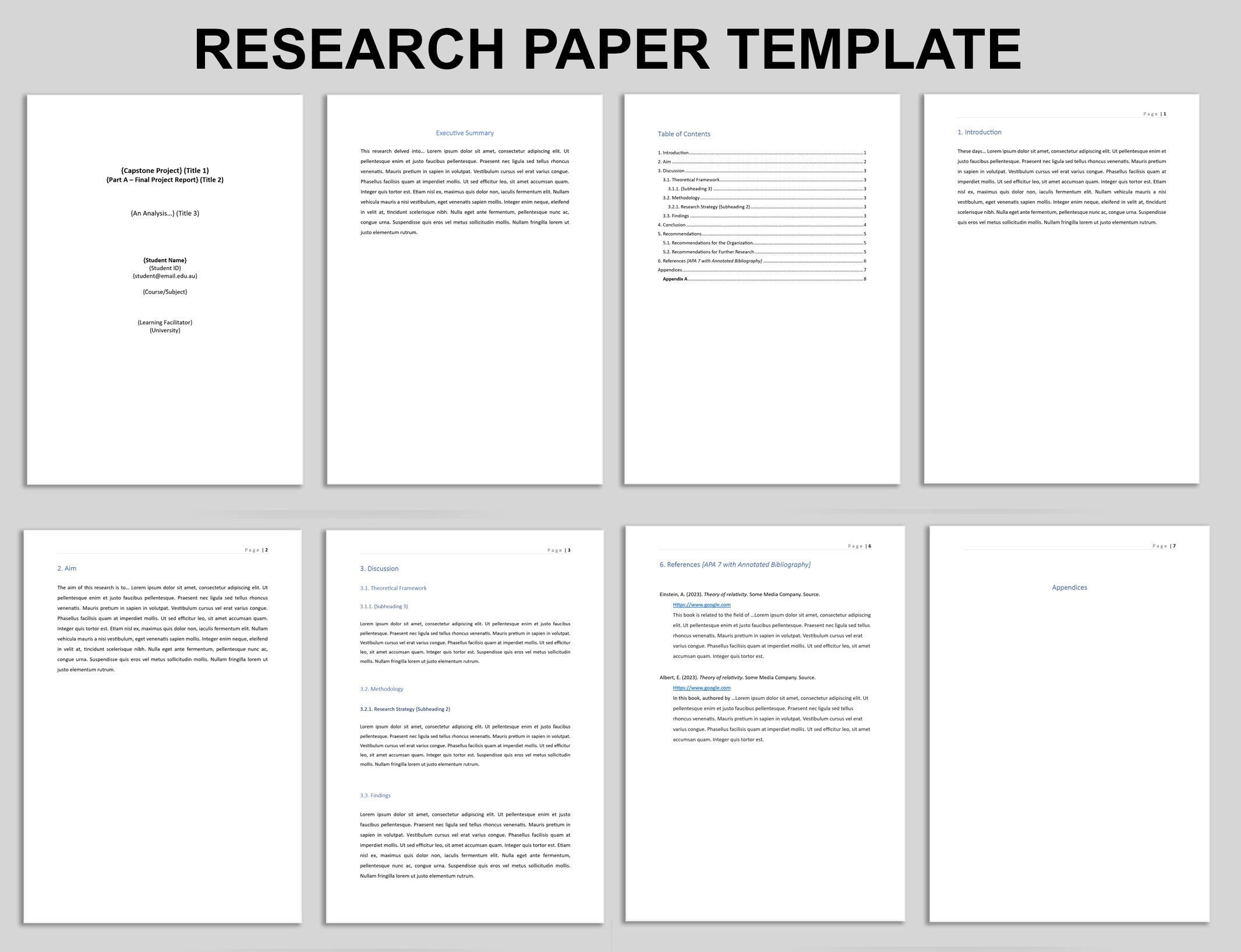

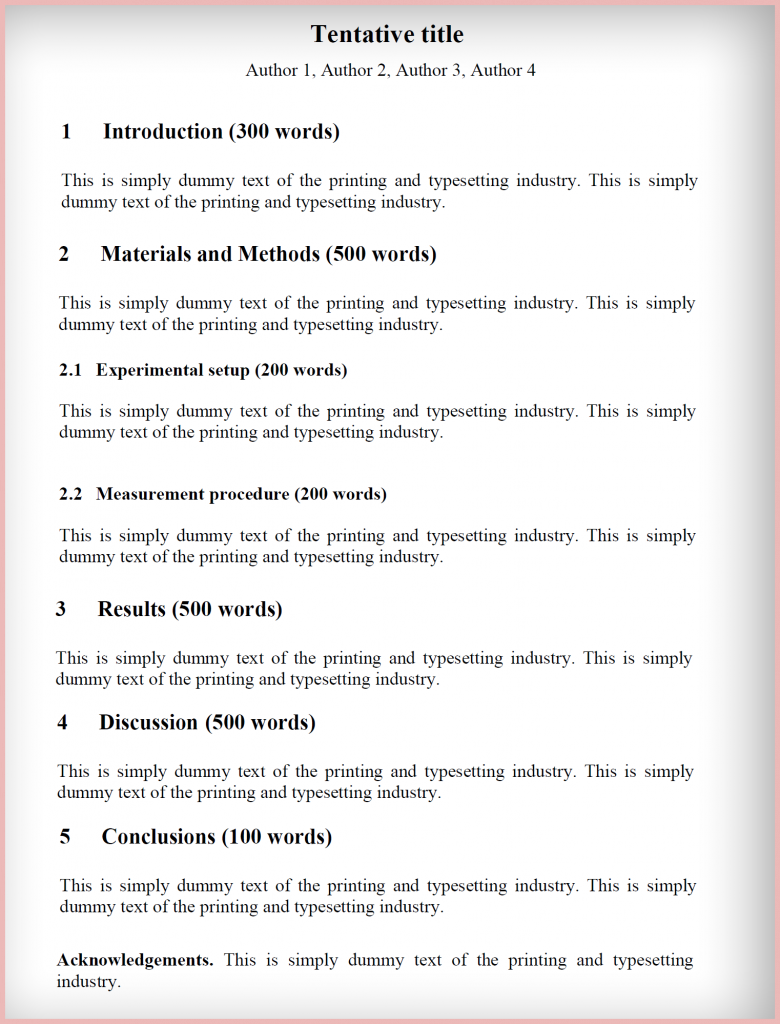
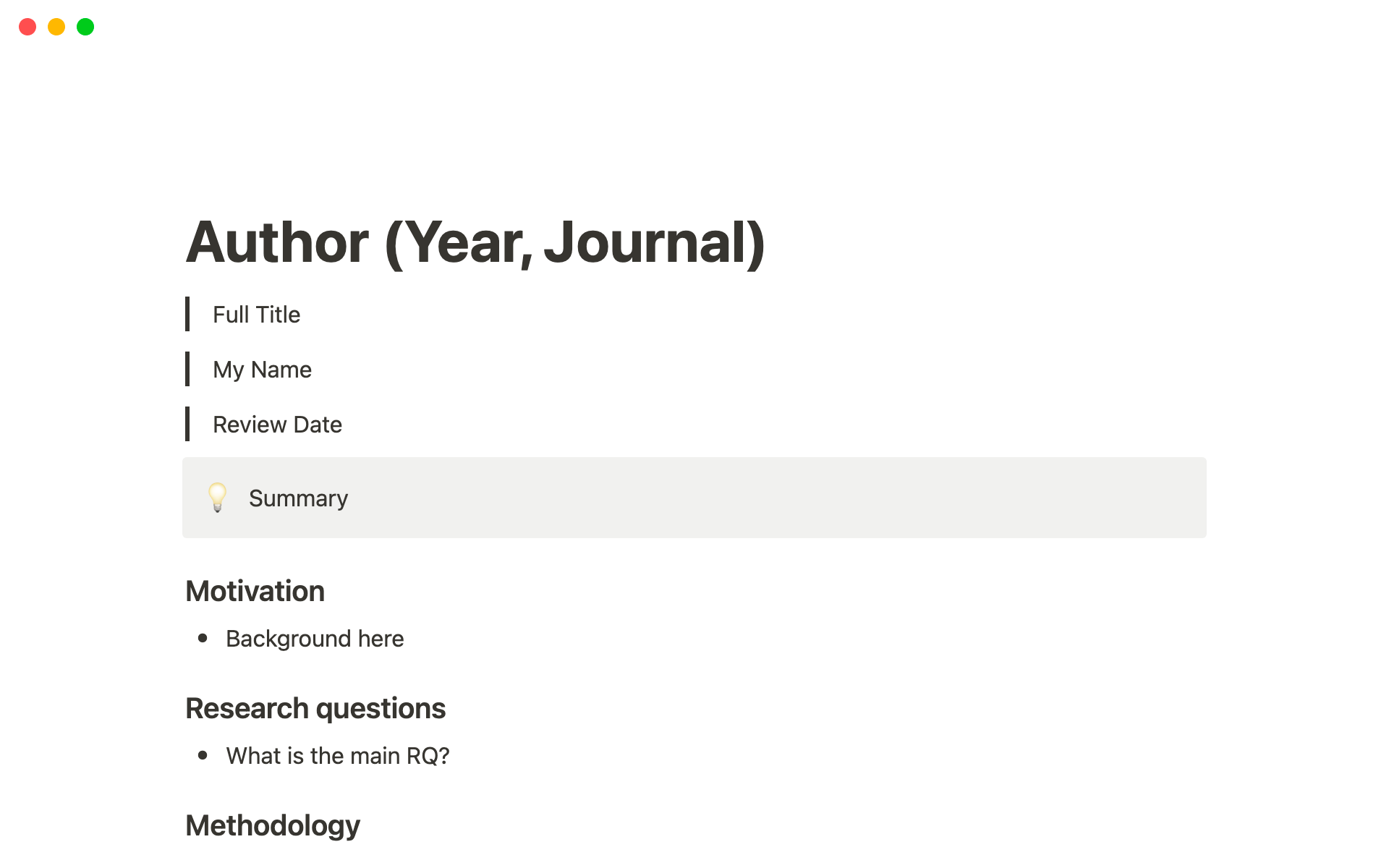
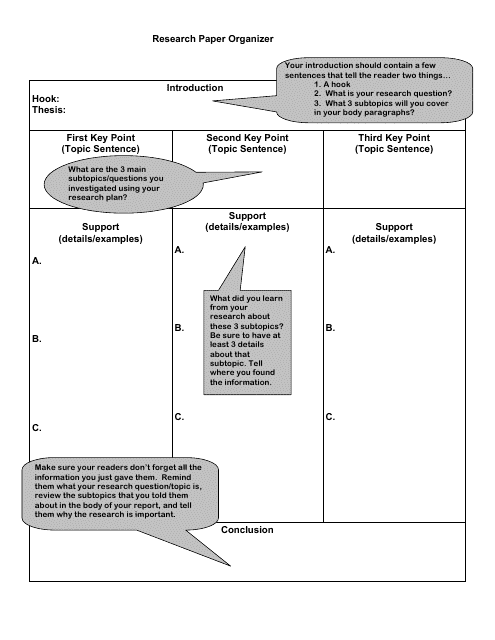
Tips for Successful Research Paper Writing
To make the most of your research paper template, consider the following tips for successful writing:
1. Start Early: Begin your research and writing process well in advance to allow ample time for drafting, editing, and revisions.
2. Follow Guidelines: Adhere to the template’s formatting requirements and any specific instructions provided by your instructor or publisher.
3. Engage with Sources: Critically analyze and engage with sources to develop a coherent argument and support your claims.
4. Seek Feedback: Share your draft with peers, mentors, or writing centers for feedback and suggestions for improvement.
5. Revise and Edit: Review your paper multiple times for clarity, accuracy, and coherence, making necessary revisions along the way.
6. Use Tools: Utilize writing tools, citation generators, and reference managers to streamline the writing and research process.
By incorporating these tips into your research paper writing process, you can enhance the quality and effectiveness of your work.
In conclusion, research paper templates are valuable tools for organizing and structuring your research papers. By understanding what templates are, why they are useful, how to use them, exploring examples, and following tips for successful writing, you can optimize your research paper writing process and produce high-quality, well-organized papers. Experiment with different templates and strategies to find what works best for your research projects and writing style.
Research Paper Template – Download